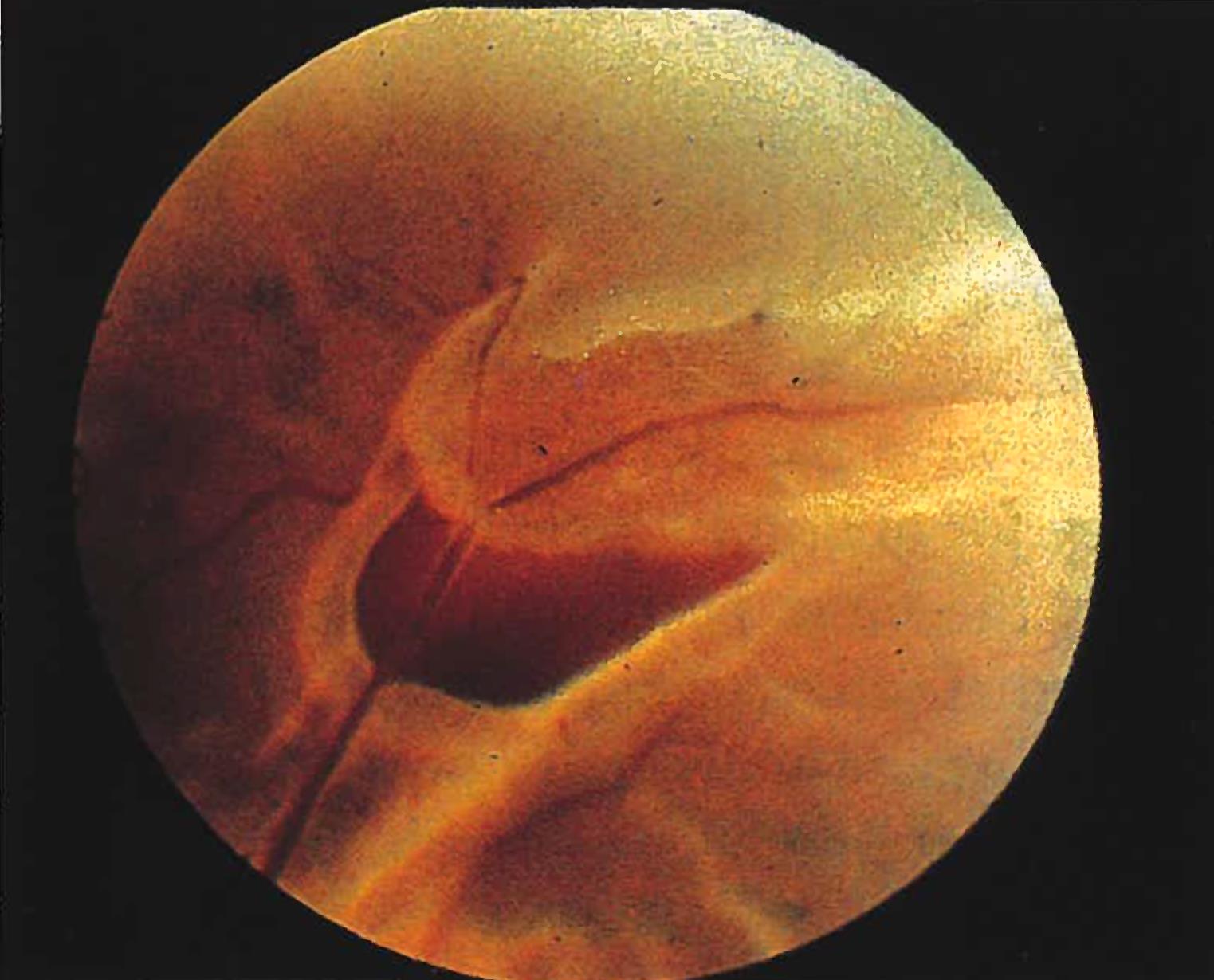


When deciding if a retinal tear needs treatment, such as retinal surgery, the eye doctor will consider several factors based mainly around the risk of the tear deteriorating into a detachment. Some are safe to simply monitor with regular eye exams, and in fact, some will self-heal by naturally scarring and sealing themselves back against the eye. Advancing age and trauma to the eye area can also put a person at higher risk of forming a retinal tear. These include a family history of retinal tears or detachments, certain eye operations such as cataract surgery, or conditions which cause a thinned retina, such as high myopia (short-sightedness) or the presence of a peripheral retinal abnormality known as lattice degeneration. Most retinal tears occur spontaneously with no cause, though there are several risk factors that are associated with the likelihood of developing a tear. There is never any pain or discomfort from a tear, or even a detachment, as the retina contains no pain receptors. Occasionally, a retinal tear may also result in an area of blurred vision if the tear caused some damage and bleeding from the tiny capillaries of the retina. Flashing lights – also called photopsia, sudden flashes in the vision from a retinal tear occurring may appear like a lightning strike or glint out of the corner of your eye.

These floaters can come in and out of view and persist for some time. Floaters – appearing as tiny black specks, dots, or sometimes described as cobwebs, that float around the vision in the affected eye.This is different from a detachment when part of the retina lifts away completely from the rest of the eye, though a retinal tear may risk deteriorating into a detachment, which must be then referred for urgent retinal surgery. Disease or damage to the retina, such as a significant retinal tear or retinal detachment, can result in permanent vision loss.Ī retinal tear occurs when the tissue of the retina forms a break or rip. It’s made up of several layers of cells that work together to sense light and images entering the eye before sending along neural impulses to the brain for the perception of vision. The retina is the paper-thin tissue lining the inside of the back of the eye.


 0 kommentar(er)
0 kommentar(er)
